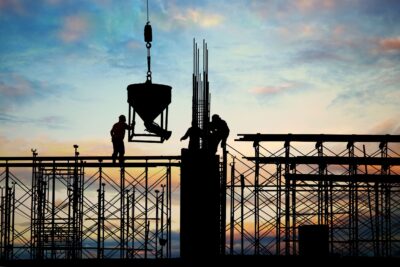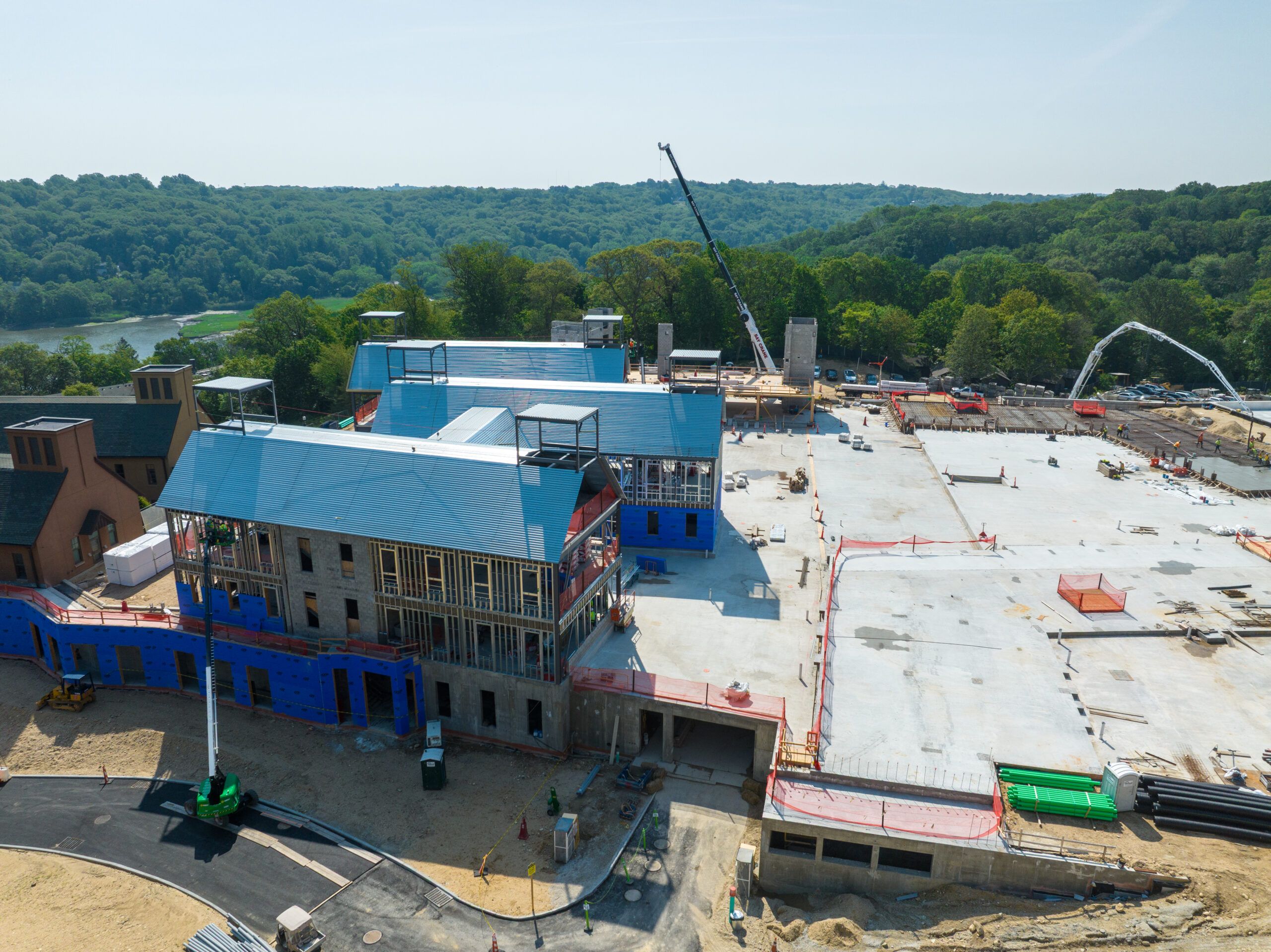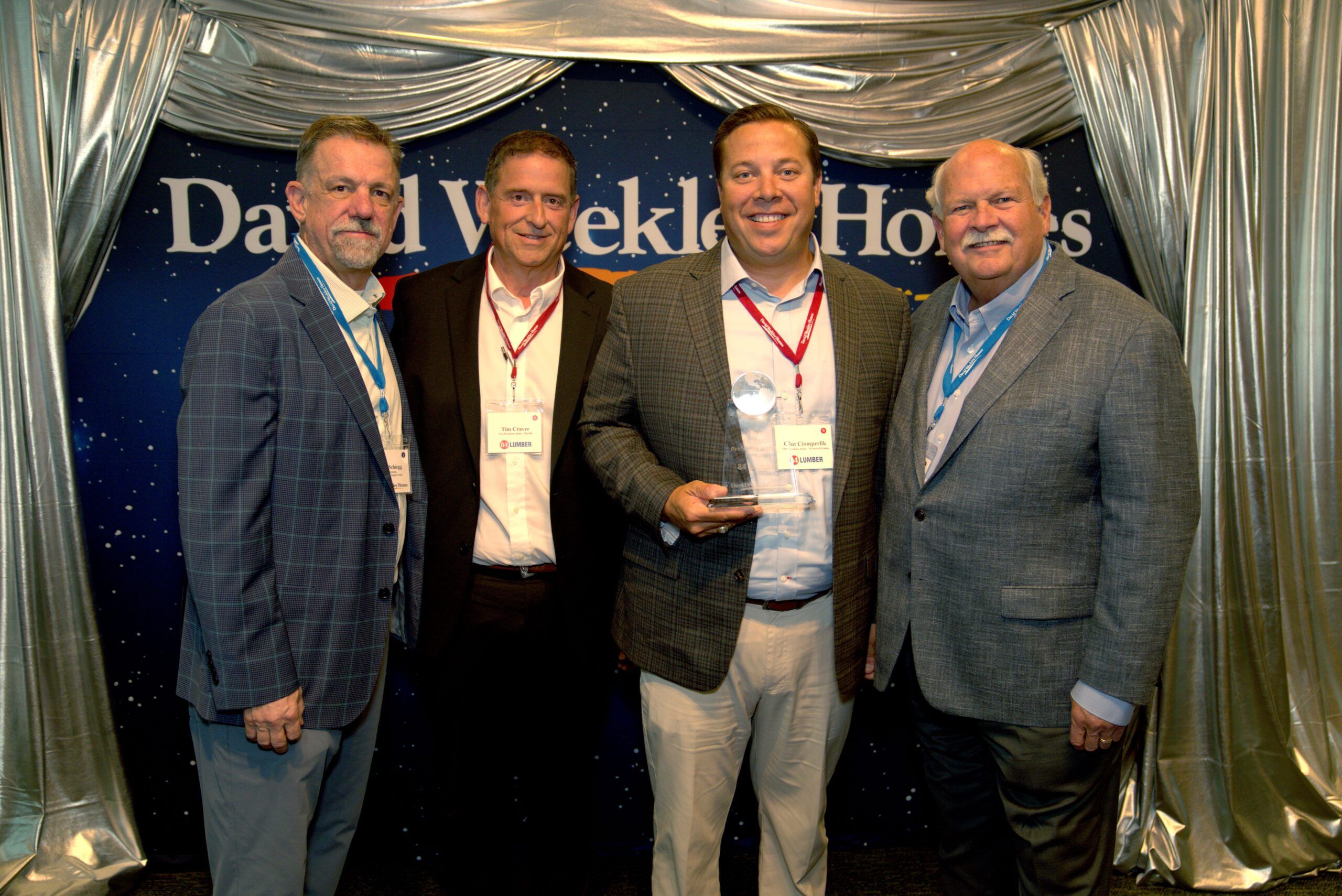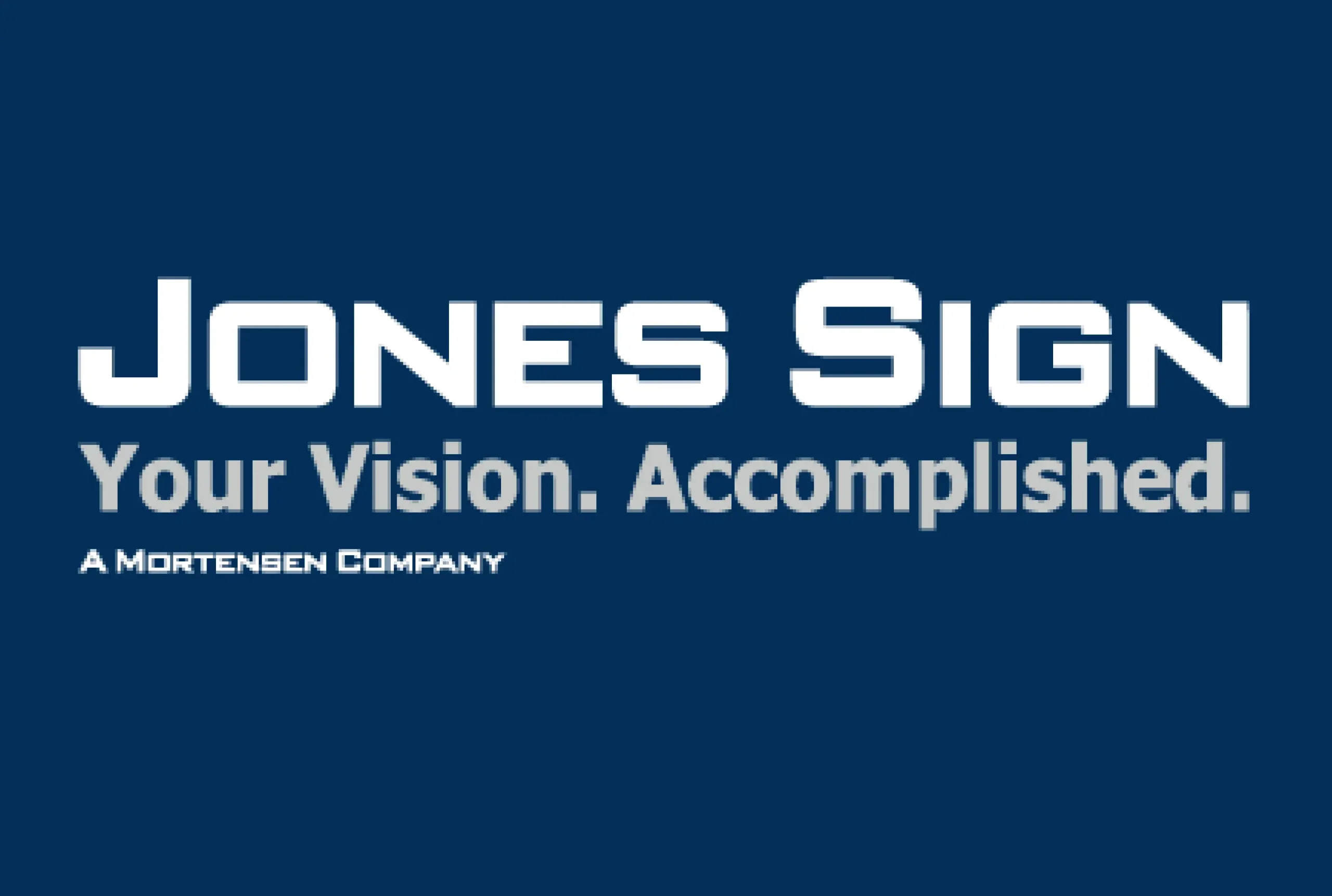One of the most dangerous environments in the world is construction sites. Thousands of employees risk their lives every day while carrying out their jobs. On construction sites, the Occupational Safety and Health Administration (OSHA) notes four main causes of death. Known as the “Fatal Four,” these account for more than 60% of deaths linked to construction.
Los Angeles, a hive of construction activity, is not unfamiliar with these hazards. Workers in this metropolis are every day exposed to great hazards given the several high-rise structures, infrastructural projects, and residential constructions. You should contact a construction accident lawyer in Los Angeles if you have been hurt in an accident and want to pursue compensation. Let us now explore the fatal four and the knowledge you need to avoid these accidents.
1. Falls
Almost one-third of construction deaths are caused by falls, so they are the most often occurring cause of death on construction sites. Many times, these accidents result from workers using ladders or
scaffolding incorrectly, inappropriate fall protection, or coming upon exposed edges and openings. Many times, falls happen because the equipment is not examined or safety procedures aren’t followed.
To prevent falls, OSHA requires the following:
- Using guardrails, safety nets, and personal fall arrest systems when operating at heights of six feet or higher.
- Always set ladders and scaffolds on stable platforms, check them for damage, and utilize them per safety guidelines.
- Employees have to make sure they ascend ladders maintaining three points of contact as well.
- To reduce hazards, companies have to teach employees the correct operation of tools and safety gear.
2. Electrocutions
Second among the fatal four are electrocutions, which arise from workers being near dangerous electrical energy. Typical causes are improperly grounded equipment, damaged extension cables, and contact with overhead electrical lines. Severe burns, shocks, or perhaps death can occur due to these incidents.
Countermeasures:
- Los Angeles building sites sometimes include sophisticated electrical systems, so awareness of these risks is quite important.
- Before starting any project, employees should always find and identify utilities.
- Ground fault circuit interrupters (GFCIs) and staying a safe distance from power lines help to greatly lower electrocution risks.
- Training is vital. Companies have to teach staff members to identify electrical hazards and make sure all tools and equipment have double insulation and are grounded.
- Avoid wet situations close to electrical sources to stop accidents.
3. Struck-by Incidents
Incidents involving struck-by objects happen when a worker strikes a falling, flying, swinging, or rolling object. These kinds of accidents can have tools falling from a height, machinery swinging out of control, or workers struck by equipment or vehicles. Severe injuries or deaths often result due to the force of impact.
To reduce these risks:
- Employees should always wear personal protective equipment (PPE).
- On sites with running machinery, high-visibility apparel is absolutely vital to enable operators to quickly identify personnel.
- Many struck-by accidents can be avoided by staying outside of the equipment’s swing radius and correctly securing tools and supplies.
4. Caught-In/Between Incidents
Workers who are crushed or caught between objects, tools, or collapsing buildings are said to have suffered caught-in/between incidents. They often involve trench collapses, unprotected machinery, or personnel caught between a wall and a big object. The main risk here, unlike in struck-by incidents, is crushing rather than collision.
Stopping caught-in/between incidents requires:
- Strict compliance with safety procedures.
- Machinery needs effective safety guards.
- Workers should refrain from wearing loose clothes that might become trapped in moving parts.
- To prevent collapses, companies have to make sure trenches are benched, shored, or correctly sloped.












